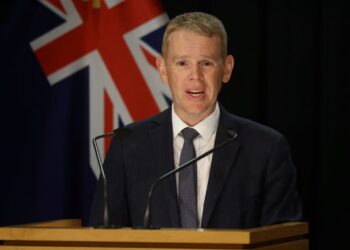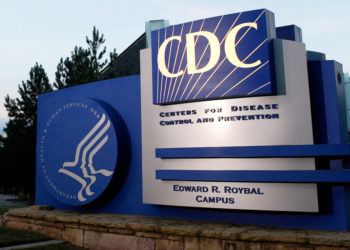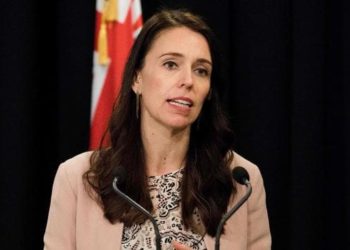New Zealand’s Prime Minister Jacinda Ardern has reinstated a stay-at-home lockdown order for the country’s largest city following the first reported locally-transmitted case of COVID-19 in 102 days.
“Achieving 100 days without community transmission is a significant milestone, however, as we all know, we can’t afford to be complacent,” New Zealand Public Official Ashley Bloomfield said in a press release.
Auckland, which houses about one-third of the population, will begin its second lockdown on Wednesday after four cases had been detected in a single family from an unknown source.
#BREAKING "After 102 days we have our first cases of Covid-19 outside of a managed isolation or quarantine facility." – PM Jacinda Ardern.
The Director-General of Health Ashley Bloomfield says there are 4 confirmed cases of Covid-19 in one family. https://t.co/R3zq9hLKAu
— RNZ (@radionz) August 11, 2020
As of Tuesday, the island nation has reported 1,220 confirmed cases and just 22 deaths – a glaring example to other countries and the United States which has reported over 165,000 deaths.
How Did New Zealand ‘Crash the Curve’?
The lack of land borders has geographically benefited New Zealand, giving it greater control of incoming visitors and quarantine measurements. This has undoubtedly spared it of other countries’ infection rates.
New Zealand’s low population density has also influenced its lower transmission rates. According to The World Bank, the country houses 18 people per square kilometer (0.38 square miles), compared to the US’ population density of 36 people per square kilometer.
In addition, New Zealand’s first lockdown beginning March 19 saw many more restrictions in place than in other countries, laying emphasis on eliminating chains of transmissions to contain future cases.
The country also barred non-New Zealand citizens traveling from China even before there were cases in the country, which left the World Health Organization commending the country’s “early success” in “crushing the curve.”






















